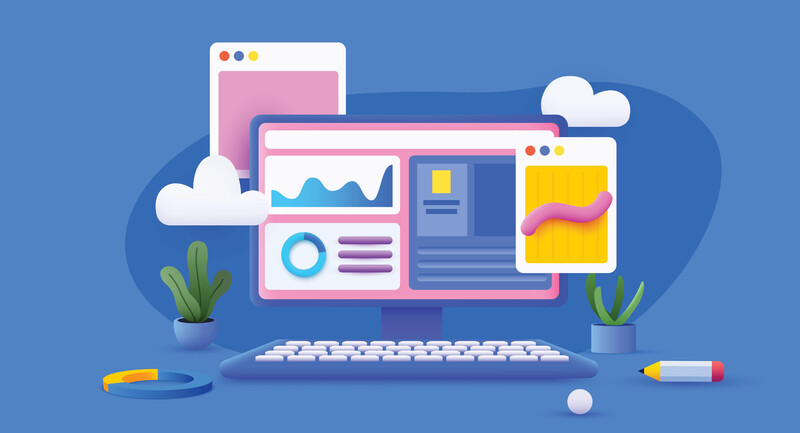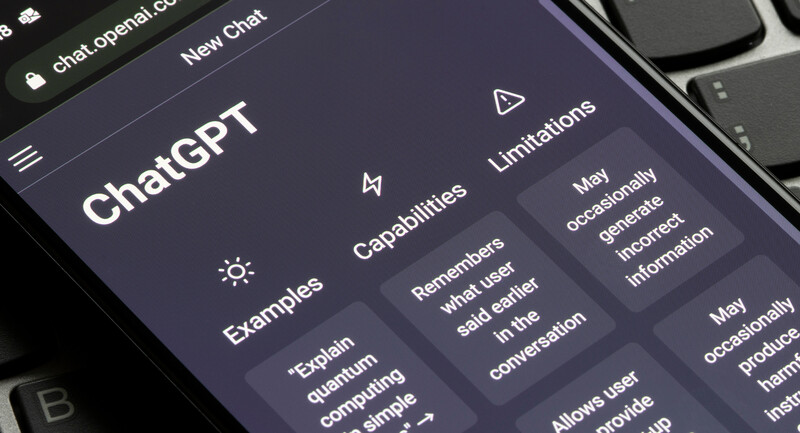As a result of remote learning during the COVID-19 pandemic, there has been a huge uptick in the number of K-12 schools using adaptive learning software. I have used adaptive software for over a decade with my preservice teachers and their K-12 students, and, over the years, I’ve found it can be messy to use these applications: Adaptive software can be time-consuming to implement, misaligned with classroom curriculum, isolated in the learning experience, and inconsistently applied from classroom to classroom. In addition, decades of research shows mixed results on how using adaptive software in K-12 affects student learning outcomes and engagement.
However, unlike drill and practice software in which every learner answers the same series of questions, adaptive learning software adjusts to the learner as they respond to questions. The software is constantly assessing student performance and adapting the difficulty of the questions to correspond to a student's individual level. Ultimately, the software provides valuable data on what the learner understands about the content presented. So, to minimize problems and maximize student learning growth, I turned to research for guidance on which strategies work best for implementing adaptive learning tools.
What the Research Tells Us
1. Match the Curriculum
Probably the most important finding from research on adaptive learning software is that the benefits of adaptive tools seem to emerge when the in-person classroom curriculum closely aligns with those of the adaptive learning system. Thus, adaptive software is most effective when it is an integral part of the curriculum rather than an addition.
Adaptive software is most effective when it is an integral part of the curriculum rather than an addition.
For example, if my students are learning letters and sounds, I need to make sure the way the letter sound is pronounced and how to sound out the letter in the software are the same as how I am teaching and scaffolding letter learning in the classroom. Selecting an adaptive tool that has the same content (and approaches) as the classroom can avoid confusion for students.
2. Build Student Agency in Reading a Dashboard
For students to successfully use adaptive apps, they must do more than just react to a set of questions. I have found that my own students struggle with understanding what their dashboards mean and often don’t pay much attention to them.
However, research has found that students need to be proactive in understanding the tools available to them with adaptive software data. For example, students should be able to use the data dashboards for goal setting, understanding their weaknesses and strengths, creating strategies to accomplish goals, managing their time, and monitoring their progress.
While this takes extra time, it is something we can teach students to do at the beginning of the school year so they are set up for success all year. I often use the software myself, as a sample student, then show my dashboard results to my students. We walk through the data together, set goals based on the data, and discuss whether there was any correlation between my time in the app and my learning outcomes. I also try to leave time at the end of their weekly adaptive tool activity for goal setting and dashboard monitoring.
3. Steer Students Away from Cheating
I think we are all aware that students can cheat or take an easier path in adaptive software. Thus, students get by without really knowing the answers but are still leveling up, giving themselves and the instructor a false sense of achievement.
A 6th grader recently told me that in a particular piece of adaptive math software, he knows that the answer with the least amount of steps is often the correct one (and he showed me that this was, in fact, true). Thus, he is able to bypass actually reading the problem and just selects the answer with the least amount of steps, making his dashboard data inaccurate and providing a false sense of what he actually knows.
To counteract this kind of issue, I would encourage students to show their mathematical work on how they found the answer in a math notebook that they turn in. Ultimately, I need to be aware of the places where students can “cheat” the system. Being proactive about finding reasonable solutions to keep my students on track is essential.
4. Use the Software as a Student
Another way to steer students away from taking the easier path is to be proactive in knowing what kind of content they will encounter when using the software. Thus, it is important for teachers to use the applications from the student view. Sometimes what I see in the teacher's view is very different from what my students see, and the way questions are presented to the students can be confusing or worded using different terminology than I use in the classroom.
By logging in and playing as a student, I can proactively find and alert students to any content conflicts or navigation confusion before they use the software.
I have found that by logging in and playing as a student, I can proactively find and alert students to any content conflicts or navigation confusion before they use the software. I will often make a plan of action for them to alleviate confusion, such as terminology comparison lists (e.g. the software uses the term “partial sum,” which is the same as the term “finite series” we’ve been using in class).
5. Make it Social
Almost all adaptive software is intended to be used by an individual student. Studies have found students can feel isolated from social interactions when using these tools, which can decrease motivation to learn and engage with the software. Thus, I try to find ways to make sure learning with the software has a social component. Some methods I have used include:
- Pause and Reflect: I ask students to pause the software and reflect on what they are doing with it in a group share-aloud. We write out what we are learning and what questions are arising on the content or software navigation. I then ask each student to set a goal for when they “unpause”.
- Teach It Out: We create small groups where one student teaches other students how to do a problem in the software.
- Partnering: I pair students up to work through a problem in the software together.
- Brainstorming Board: I create a Padlet where students can share what they are learning, their questions, and their celebrations (such as achieving new levels) as they work through the software. I encourage other students to comment and share their ideas and joys with each other so the software becomes a community-building board.
6. Connect it to the Real World
Adaptive software can limit learning by focusing solely on basic concepts without allowing students to transfer concepts into their more real—and more complicated—world. The software tends to focus on one “correct” model when in life a concept may be much more nuanced or have multiple correct options. This means that I need to create opportunities for my students to connect their learning to their everyday lives. Some methods I have tried include:
- Choose a Problem: I ask the students to select one problem from their adaptive software that they solved and show how this same situation or equation could be used in their everyday lives. For example, solving fractions could be used in cooking or baking.
- Find a Fit: When using adaptive software, I ask students to find the same type of phenomenon in their lives at home. For example, in literacy learning, students could find instances of alliteration or hyperbole in their favorite YouTube show.
A Helpful Educational Tool
Adaptive software can be a helpful tool to support student classroom learning. It can not only reinforce classroom learning concepts, but also provide useful long- and short-term data analytics to help teachers create interventions to support individual student learning needs. Using research to guide implementation can provide the nuances needed for students (and teachers) to have a positive experience with these adaptive tools.








